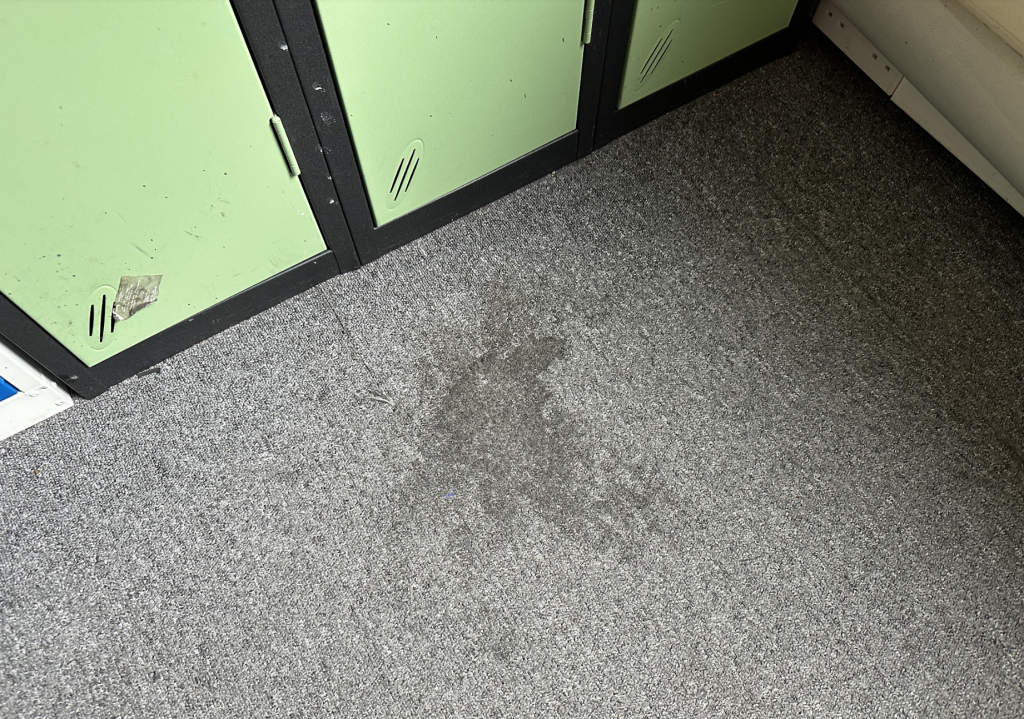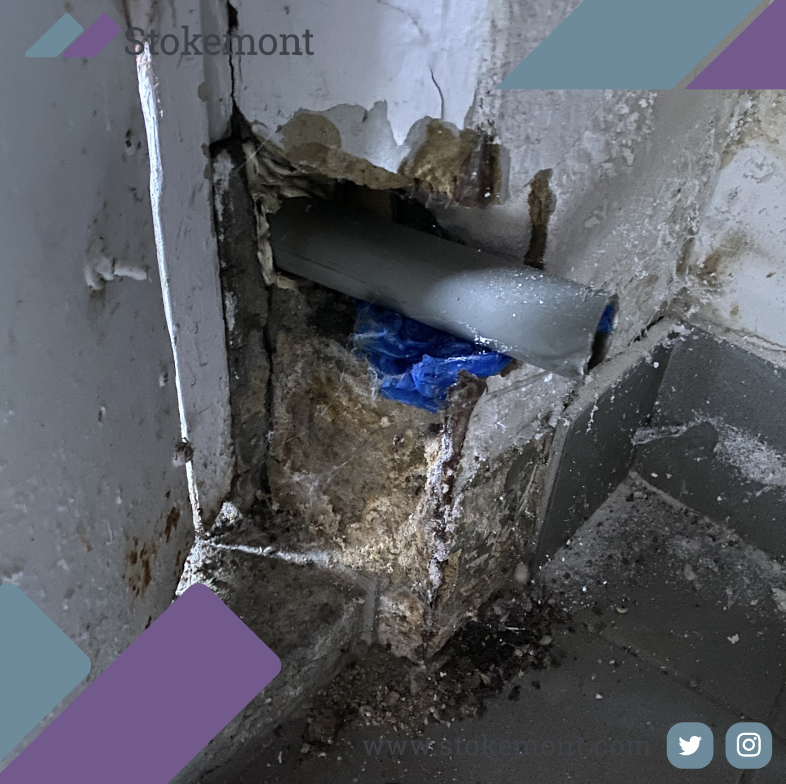In today’s Property Surveying blog, we are going to be looking at commercial property dilapidations.
Dilapidations are the penultimate exchange between landlords and tenants as the end of the lease term approaches.
The purpose of the dilapidations report is to ensure that the landlord is able to reasonably hold their tenant accountable for breaches that have arisen through the course of the tenant’s occupancy of their property or building.

What Are Typical Dilapidations?
Dilapidations are categorised into three distinct categories, these are set out as follows:
Reinstatement
Reinstatement is one of the most typical dilapidations that tenants will often overlook as the end of their lease term approaches.
A tenant will very much want to alter and adjust the layout of the property to best suit their commercial trading needs and requirements.
This can often mean that installations such as partitions within offices, security systems, air filtration or air conditioning systems or shop signs are all installed.
While tenants will often knowingly remove the more obvious alterations such as shop signs, they will often overlook the need to remove those elements that have resulted in perceived improvement to the property.
A good example of this is air filtration, air conditioning and partitions.
This is an oversight, ultimately it is very much up to the landlord whether they want to allow these alterations to remain in situ, or whether they want the property returned back to them in the same condition and layout that it was at the start of the tenant’s lease.
Our top tip here at Stokemont, is for the tenant to enter into discussions early on with the landlord to ensure that they are well aware of what the landlord’s expectations are in respect of the lease as it approaches its end of term.
Repairs
Repairs are equally as typical as reinstatement, albeit in many cases tenants will leave repairs until the end of the property tenancy as opposed to doing these during the course of the tenancy itself.
While a tenant is more than likely to undertake the necessary repairs to the more noticeable or trade affecting defects, the more severe, especially external ones, are likely to be left unresolved.
This can often mean that at the end of a lease term, the landlord will face extensive contractor making good and repair costs, to bring the property back up to the pre-lease condition.
Tenants should be well prepared and expected to rectify defects and issues to the property naturally through the course of its lease.
Our top tip here at Stokemont, is that a landlord ensures that interim dilapidations schedules are undertaken, so that they can ensure their tenant is not only well abreast of the defects that are being noted, but are given the potential time to rectify them.
Redecorations
The final typical breach, is tenant redecorations.
In many cases, the tenant will redecorate the property for the purpose of their trading requirements. This can mean simple inclusions such as branded paint colours, office decoration such as posters, photographs or artwork, all of these leaving notable signs of the previous tenant’s occupancy of the property.
It is a reasonable expectation for the landlord to have the property presented back to them in the same condition that it was at the start of the lease.
This is often referred to as the white box principle, whereby the tenant will be expected to present the property back to the landlord in a white box format, ready to go for incoming tenant.
Our top tip here at Stokemont is that the tenant ensures a comprehensive, robust and detailed Schedule of Condition report is undertaken by an experienced surveyor prior to the lease term commencing.
This will ensure that they are not unreasonably accountable for defects and issue that pre-existed the start of the lease term.
In absence of this, it is highly likely that the tenant will be held accountable for decorative scuff, defect and disrepair that very well could have pre-existed.
Dilapidations are one of the key and core services that we provide here at Stokemont.
If you would like to discuss how our building surveyors can be of assistance with your dilapidations needs, please feel free to get in touch with us today.




